In 2008, UNESCO awarded Melaka along with George Town in Penang the status of "World Heritage Site".
What makes Melaka interesting to tourists is that beginning from the 15th century onwards it had been colonized by the Portuguese, Dutch and finally the British before gaining independence within the Malaysian federation. Also Melaka has a large Chinese population due to past migration and all of these factors contributed to creating a town with a distinct culture.
The Christ Church built by the Dutch in the "Dutch Square" area, an area that was once the centre of the Dutch colonial administration in the 17th century. The colonial administration building is one of the oldest Dutch buildings in the East.


Like all other towns in Malaysia, there are streets full of "food hawkers". We ordered a fried banana from this one.

Some street scenes from Melaka.


One of their famous dishes in Melaka is a Chinese dish known as Hainanese Chicken Rice Ball. Its basically Hainanese Chicken served with rices rolled up in ball shapes. I didn't find anything special with this so-called "famous dish". We went to a place called "Chung Wah Kopitiam" which was supposedly the best restaurant that served chicken rice ball.
This is not from the restaurant where we went but it shows how it looks like in the menu.
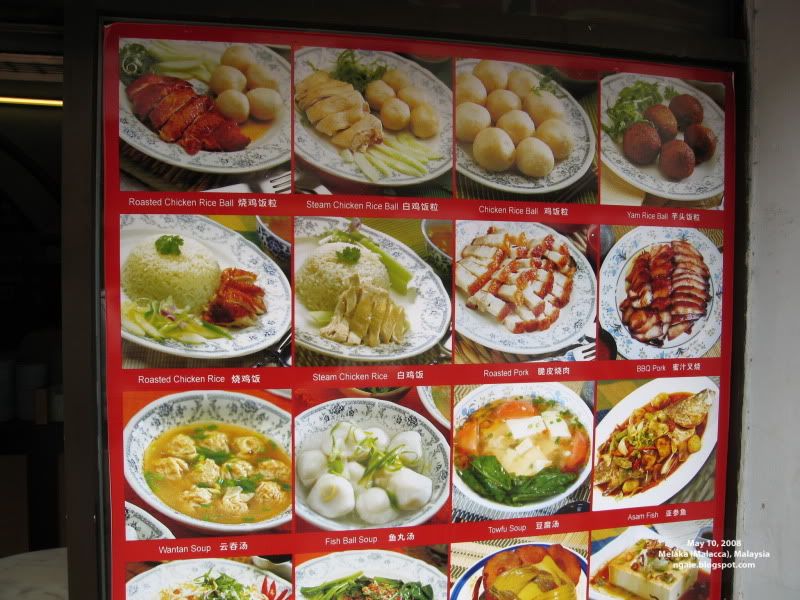

More street scenes in Melaka. I think the reason why they look so deserted as I found out later is because of the development of a large shopping centre near the edge of town with lots of parking.
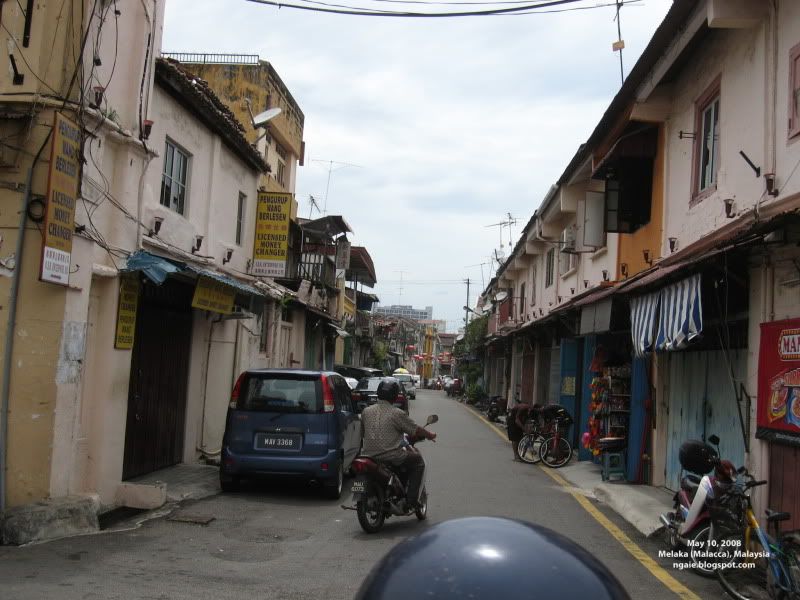
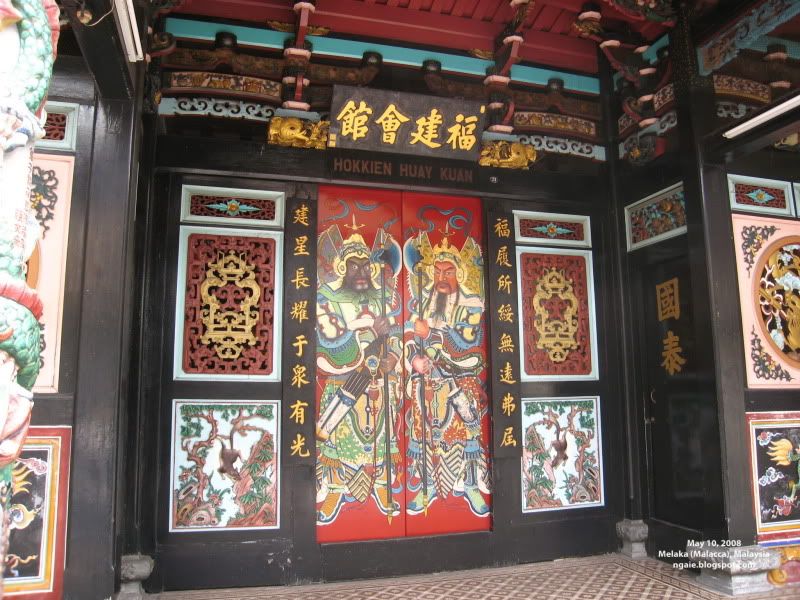
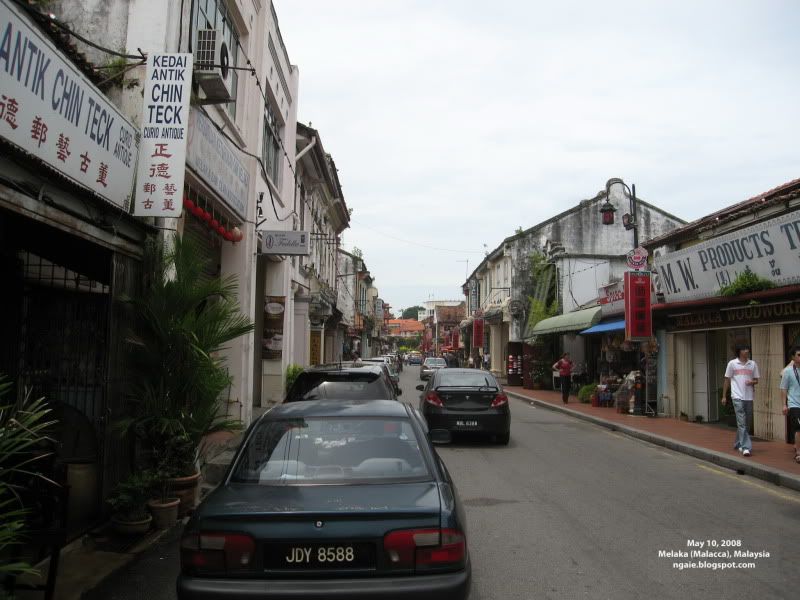
Jonker Street, one of the commerial areas in Melaka.
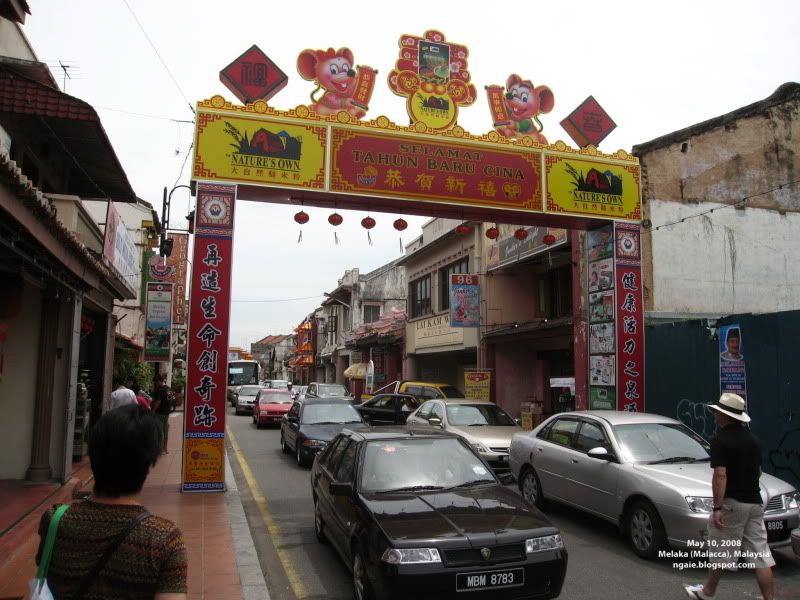
Some of their local food products.
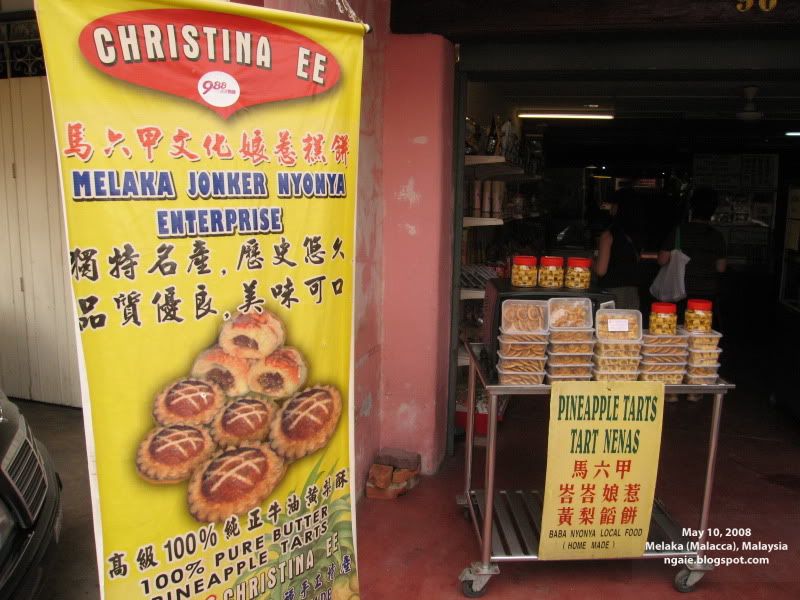
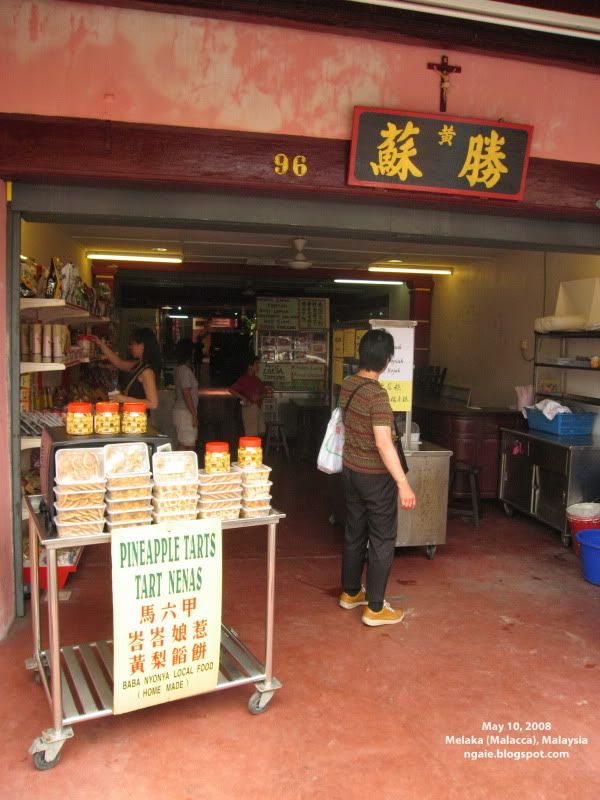
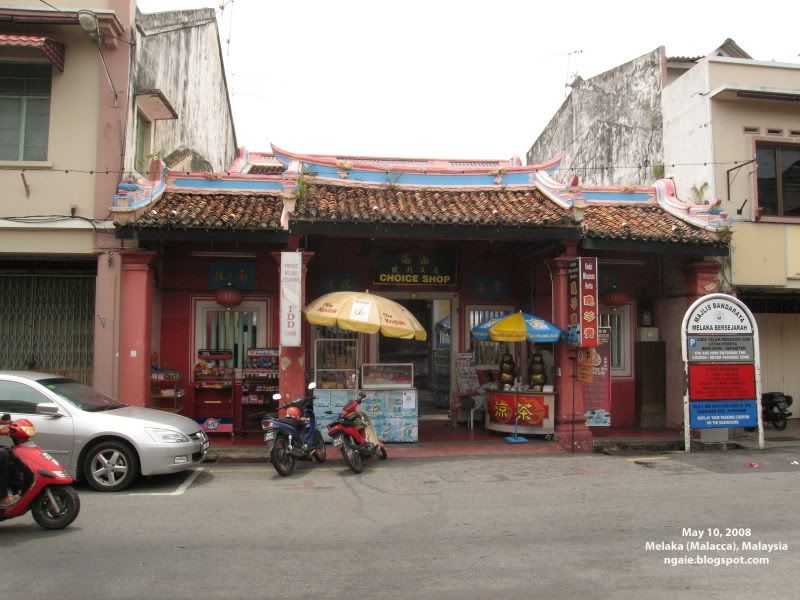
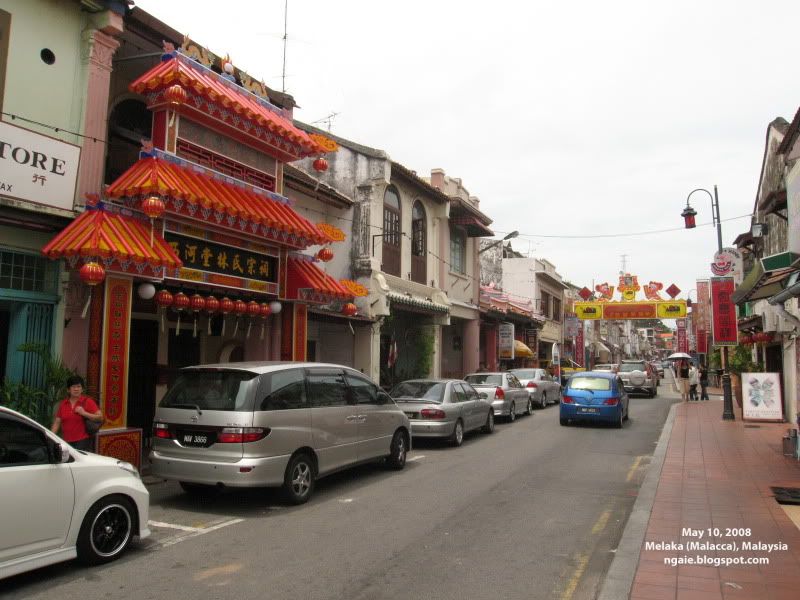

Chinese temple.
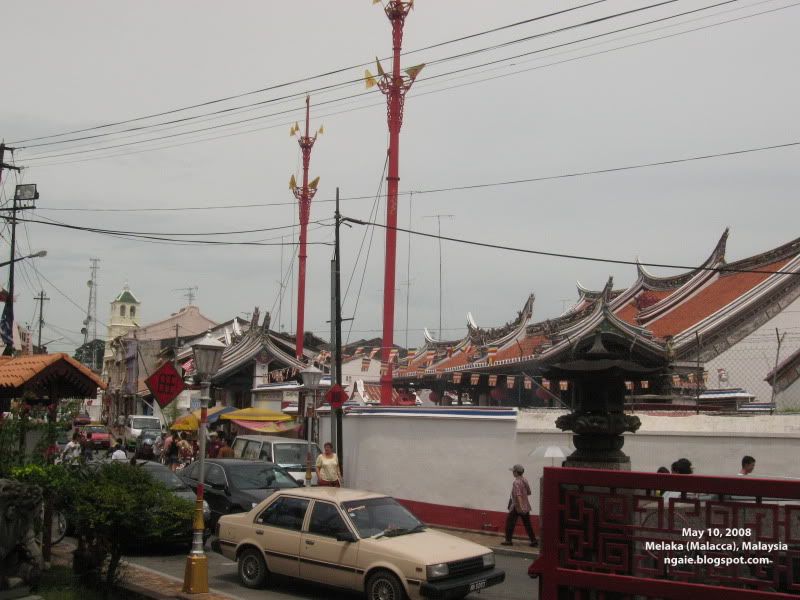
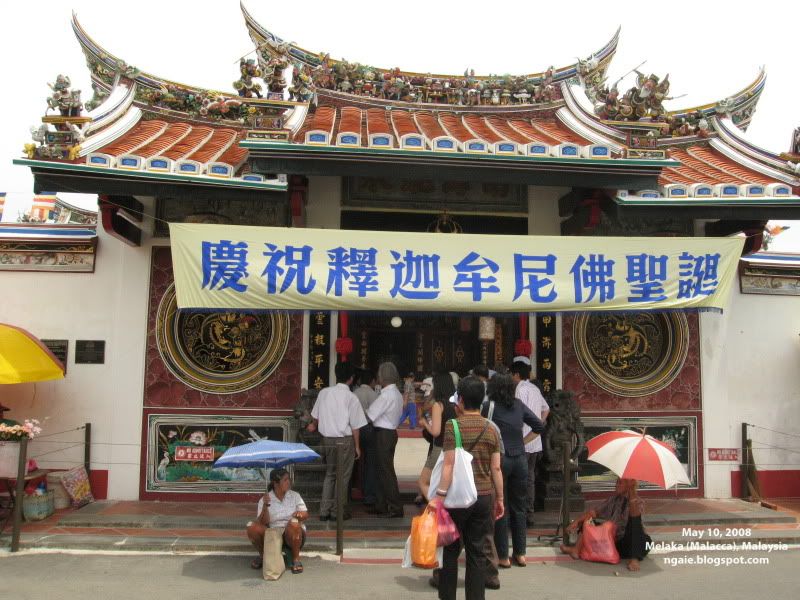

Next the taxi driver took us to some kind of "flea market". It was really hot and the building was open aired.
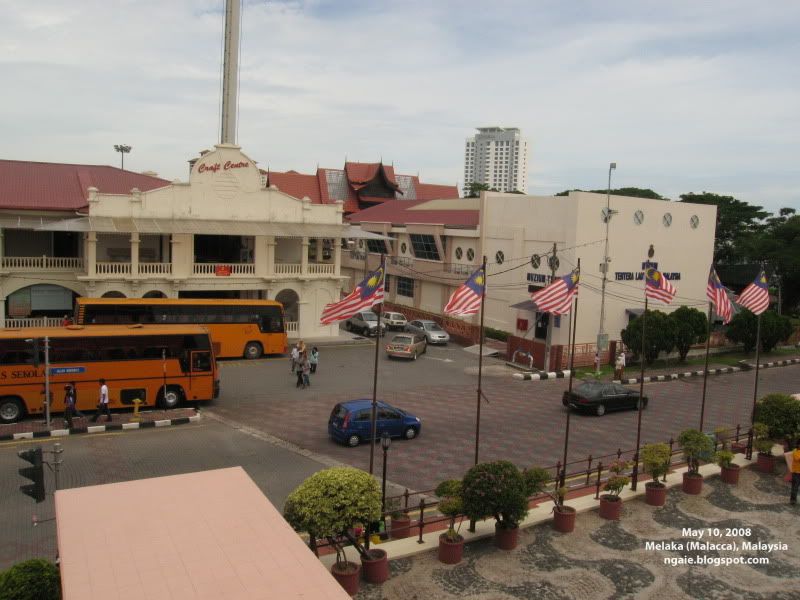
After that we went to "A Famosa", which was a Portuguese fortress in Melaka. It is the oldest surviving European architectual structure in Asia. At the top of the hill inside the ruins of the fortress is the ruins of St. Paul's Church. From here, we could see nice views of Melaka.


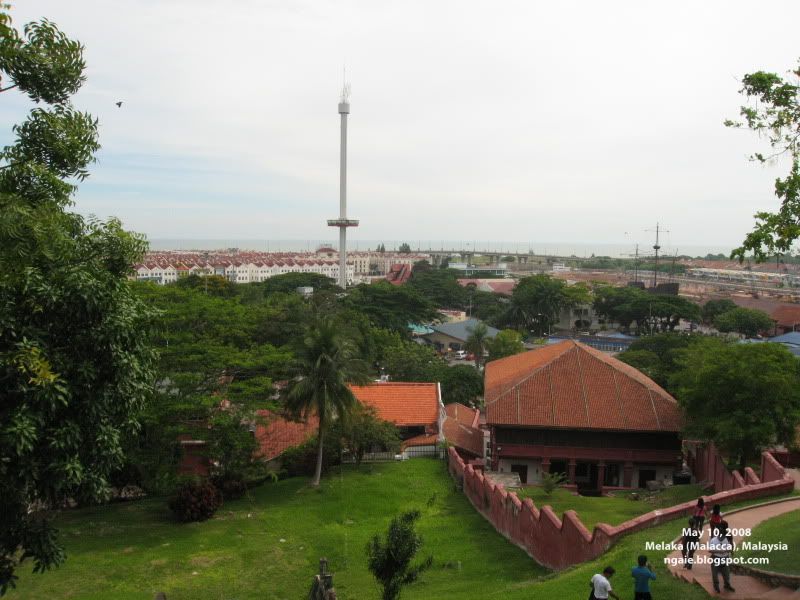
Inside the ruins of the church.
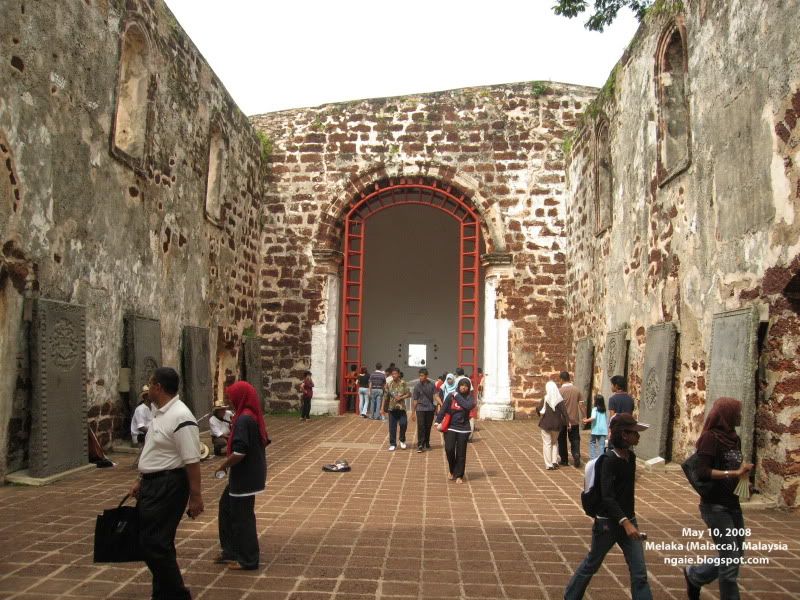



As we headed back down, in front of the ruins of the fortress is Merdeka Square or "Independence Square". They had a large poster showing Malaysia's first post-colonial leader, Tunku Abdul Rahman, and the car that he used.


Lastly before we finished our day trip, we went to the Straits Chinese (Peranakan) Museum. It was an interesting museum, but too bad we weren't allowed to take pictures inside.
The Straits Chinese or Peranakan are unique to Malaysia as they are the decendants of the early Chinese immigrant men from the 15th to 16h centure who married local women and as a result, blended both the Chinese culture and Malay culture to create a unique Peranakan culture. The males were known as Babas and the females are known as Nyonyas so they are also called Nyonya Babas. They mostly spoke Malay at home but they kept many traditional Chinese traditions. Also as a result of the Malay influence on Chinese cooking, a distinct Peranakan cuisine developed.
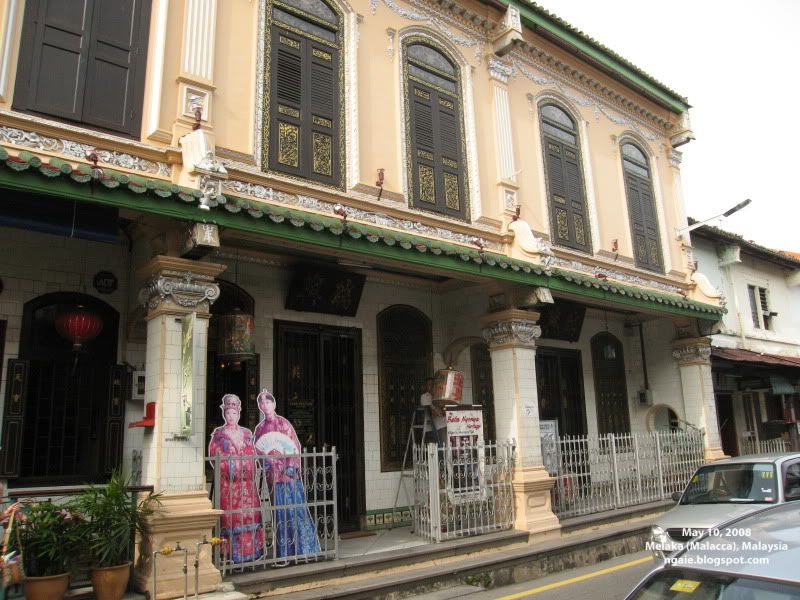

0 comments:
Post a Comment